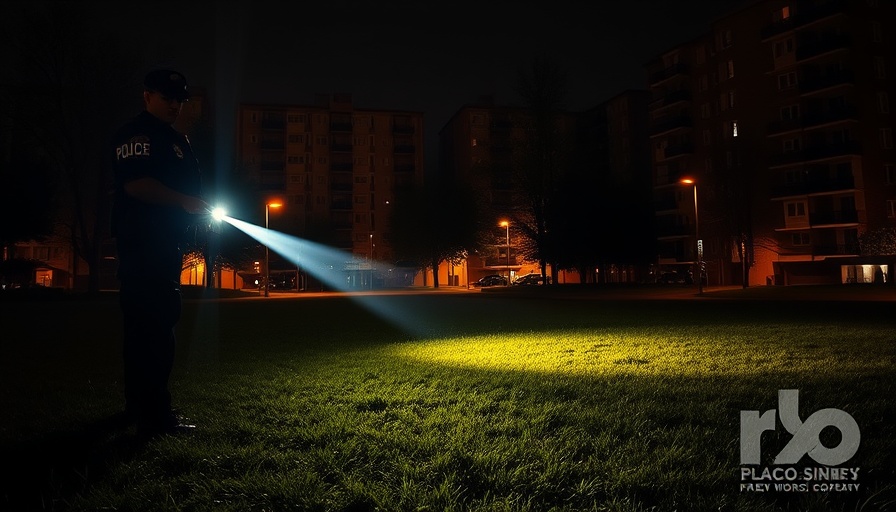
Judge Blocks Sheriff from Seizing Jail Guns: A Complex Power Struggle
In a contentious dispute over the management of Franklin County's jail, a Walla Walla County judge has issued a second temporary restraining order against Sheriff Jim Raymond, prohibiting him from ordering deputies to reclaim seized weapons from the facility. The ruling comes amidst a backdrop of escalating tensions between the sheriff and county commissioners regarding control of jail operations and security protocols at the courthouse.
The Roots of the Conflict
At the heart of this dispute lies a fundamental question of authority and governance. Sheriff Raymond's defiance of court orders, as he directed his deputies to reclaim 50 guns and Tasers from the jail, instigated demands for legal intervention from union representatives. They argued, "We’re going to follow a valid court order until another court overturns it," emphasizing the importance of maintaining the integrity of the judicial system in public safety matters.
The Implications for Law Enforcement Leadership
This legal fracas exemplifies larger systemic issues within law enforcement, particularly regarding sheriff autonomy, commissioners’ oversight, and the implications for police-community relations. Often, disputes of this nature challenge the operational framework of police departments. Such situations can establish precedents that affect future policies, budgets, and community trust—notably when public safety is at stake.
Public Safety News: The Community's Reaction
The ongoing drama has not gone unnoticed by the community or law enforcement advocacy groups. As sheriff Raymond and county commissioners continue their tug-of-war, citizens express their concern over the stability and accountability of their law enforcement agencies. Public safety advocates argue that a united front among law enforcement leadership could significantly enhance community trust.
Potential Future Trends in Law Enforcement Policies
This case may suggest a trend towards increased scrutiny and reform within law enforcement agencies as judicial oversight continues to play a crucial role. With the public increasingly demanding accountability from their police forces, instances like this reinforce the growing advocacy for police reform and transparency in law enforcement policies. Stakeholders should be prepared to discuss the ramifications of such conflicts and their impact on police recruitment and officer safety moving forward.
Conclusion: The Path Forward for Police Accountability
As the situation develops, one can only speculate what this means for future interactions between law enforcement and judicial authority. Will we witness a shift towards greater oversight and reform in policing standards? Or will this serve as a cautionary tale about the perils of unchecked authority? Regardless, the need for dialogue about the governance structures within law enforcement and their implications for public safety is more urgent than ever.
 Add Row
Add Row  Add
Add 

 Add Element
Add Element  Add Row
Add Row 




Write A Comment